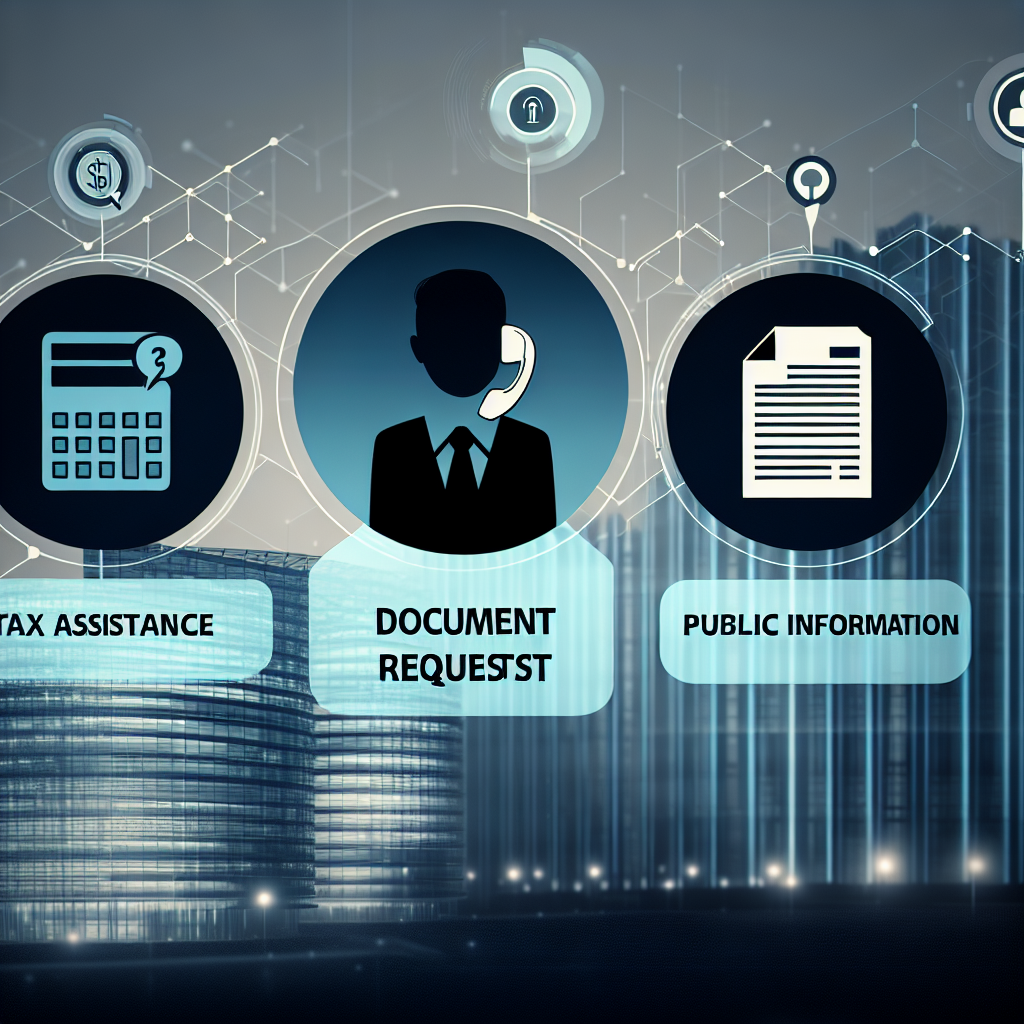Introduction
The integration of artificial intelligence (AI) into telephony services is revolutionizing various sectors, including government services. By automating communication processes, AI-driven telephony systems can enhance efficiency and improve citizen engagement. Among the numerous applications of this technology, tax assistance, document requests, and public information services stand out as the most prominent use cases.
Tax Assistance
One of the most significant areas where AI-driven telephony services can be applied is in tax assistance. Government agencies often face challenges such as high call volumes during tax season, leading to extended wait times and increased frustration among citizens. AI-powered chatbots and virtual assistants can handle preliminary inquiries, providing immediate responses to frequently asked questions related to tax rates, eligibility for credits, and filing procedures. Furthermore, these systems can guide users through complex processes, simplifying the taxpayer experience and ensuring compliance with tax regulations.
Document Requests
Another critical area for AI-enhanced telephony is document requests. Citizens frequently need access to various documents from government offices, which can be a cumbersome and time-consuming process. By utilizing AI-driven systems, agencies can automate the request process, allowing citizens to submit requests via voice commands or interactive voice response (IVR) systems. Such technology can efficiently verify user identity and eligibility, retrieve required documents, and schedule appointments for in-person pickups. This streamlined approach not only saves time for both citizens and government employees but also reduces the administrative burden on public offices.
Public Information Services
AI-driven telephony services are equally beneficial in disseminating public information. Governments often need to communicate crucial information during emergencies, policy changes, or public health initiatives. An AI-powered voice system can deliver this information promptly and accurately through automated calls or messages, ensuring that the public receives real-time updates. Additionally, these systems can respond to follow-up questions, increasing the accessibility of information and fostering transparency.
Conclusion
As technology continues to evolve, the implementation of AI-driven telephony services in government sectors proves to be a valuable asset. By enhancing tax assistance, simplifying document requests, and improving public information dissemination, these services significantly improve citizen engagement and streamline government operations. Ultimately, the adoption of AI technologies holds the potential to create a more efficient and responsive governmental framework, aligning public services with the needs of the community.

